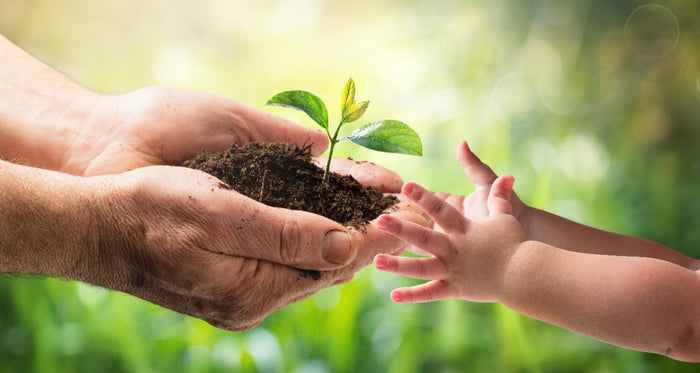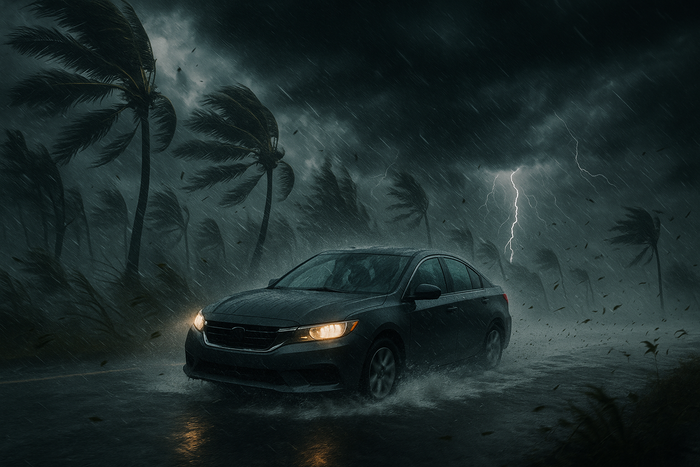When hurricane season approaches, most people focus on safeguarding their homes, gathering emergency supplies, and preparing for potential power outages. However, one often overlooked yet equally vital consideration is the protection of your vehicle. Your car is not just a mode of transportation—it’s a significant investment, and during extreme weather conditions, it becomes especially vulnerable.
Using a high-quality car cover during hurricane season can be one of the simplest, yet smartest, steps you take to reduce damage, preserve value, and ensure peace of mind. Here's why.
Protection from Flying Debris
Hurricanes bring high winds—sometimes exceeding 100 mph—that can turn even small objects into dangerous projectiles. Tree branches, broken signs, roofing tiles, and gravel can be flung into the air with destructive force. These airborne objects can leave deep scratches, dents, or even shattered windows on an unprotected vehicle.
How a Car Cover Helps:
While a car cover won’t stop a large tree branch, a heavy-duty, weather-resistant cover can absorb the initial impact of smaller debris. Padded and multi-layered covers are designed to offer shock absorption and create a barrier between your car’s paint job and potentially damaging items.
Protection from Floodwater Damage
Heavy rain and storm surges during hurricanes can cause flash flooding. Even without full submersion, vehicles parked near gutters, driveways, or low-lying streets are at risk from muddy runoff, contaminated water, and floating debris.
How a Car Cover Helps:
A waterproof or water-resistant car cover can keep rainwater, mud, and silt from coming into direct contact with your vehicle's paint and exterior features. Some covers also come with elastic hems and straps, helping seal off the lower parts of the car to minimize water seepage. While a car cover won't stop flood damage entirely, it acts as a first line of defense against minor flooding and water stains.
Protection from Salt and Acidic Rain
If you live in a coastal area, hurricanes bring with them sea spray and salt-laden winds. Salt can accelerate rust formation, eat into metal parts, and degrade your car’s clear coat. Additionally, hurricanes often produce acidic rain as a result of atmospheric pollutants combining with storm elements.
How a Car Cover Helps:
A well-sealed cover prevents salt particles and acidic moisture from contacting your car. This is essential for preventing corrosion, especially on exposed areas such as wheel wells, undercarriages, and chrome trims.
Protection from UV and Heat Damage
Ironically, some of the most intense UV exposure can happen right before or after a storm. When the skies clear, the sun can beam down powerfully, and if your vehicle is left outside, it absorbs all that heat.
How a Car Cover Helps:
UV-reflective car covers are designed to deflect sunlight and reduce heat buildup inside your car. This not only protects the exterior paint from fading and oxidation but also helps keep the interior from overheating, safeguarding your dashboard, seats, and electronics.
Easier Clean-Up After the Storm
Anyone who's lived through a hurricane knows the mess it leaves behind: leaves, branches, bird droppings, roof debris, and layers of dirt. Uncovered vehicles usually require a thorough wash (sometimes even professional detailing) just to return to normal condition.
How a Car Cover Helps:
With a car cover, all that mess lands on the cover, not your vehicle. Once the storm passes, simply remove the cover, shake off the debris, and you’re ready to go. No scrubbing, no pressure-washing, no hassle.
Cost-Effective Damage Prevention
Car repairs after a hurricane can be extremely expensive. Scratches, broken side mirrors, cracked windshields, or flooded interiors can quickly add up, especially if insurance coverage falls short. Even if you file a claim, you'll likely face deductibles, long repair times, and possible premium hikes.
How a Car Cover Helps:
Compared to the potential cost of repairs, investing in a high-quality hurricane-grade car cover is a fraction of the price. Many covers range between $100–$300, depending on your car model and material quality. It’s a smart, one-time investment for seasonal protection.
Peace of Mind
Lastly, there's the emotional toll that comes with natural disasters. Knowing that you've taken every step to protect your valuables—including your vehicle—adds a layer of reassurance in an otherwise uncertain time.
How a Car Cover Helps:
It gives you one less thing to worry about. You’ve locked your windows, stocked up on supplies, and now your car is covered and secure. That kind of preparedness is priceless.
What to Look for in a Hurricane-Season Car Cover
Not all car covers are created equal. When shopping for one specifically for hurricane season, look for these key features:
Waterproof or water-resistant materials (polyester or polypropylene with a waterproof membrane).
Multiple layers for added durability and shock absorption.
UV protection to guard against sunlight.Breathability to prevent mold or mildew buildup.
Straps and buckles to keep the cover secure in strong winds.
Snug fit to prevent the cover from becoming a sail in high winds.
Bonus Tip: Don’t Wait Until the Last Minute
The best time to prepare is before the storm. Once hurricane warnings go into effect, shelves clear quickly, and stock becomes limited. Order your car cover well in advance of hurricane season (typically June to November in the Atlantic), and store it in an easily accessible place.
-------------------------------------------------------------------------------------------------
Final Thoughts
Your car is more than just transportation—it’s your connection to the outside world, it's a part of your journey already especially when public infrastructure may be down or damaged after a hurricane. While no cover can make your vehicle invincible, using a car cover during hurricane season is a practical and proactive way to protect it from costly damage.
Whether you're sheltering in place or evacuating, covering your car is one small action with big benefits. So, as you prepare your hurricane checklist this year, make sure “car cover” is near the top.




